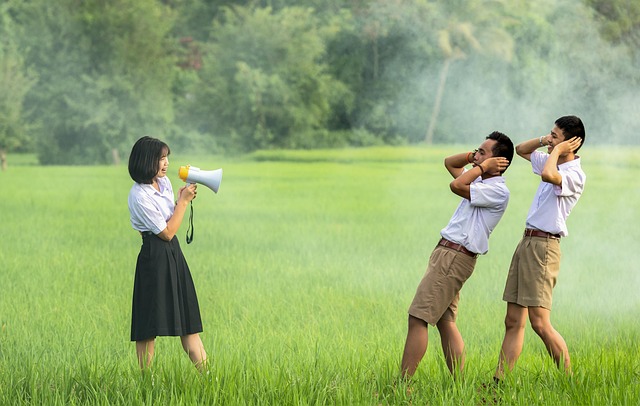When it comes to photography, capturing the perfect image is often a delicate balance between light and shadow. One critical aspect that can disrupt this balance is noise. Noise in photography refers to the grainy or pixelated effects that can occur, especially in low-light conditions. Understanding how to minimize noise can significantly enhance the beauty of your photographs, allowing the true essence of your subjects to shine through.
Noise can transform an otherwise stunning photo into an unappealing image. It distracts the viewer from the intent of the shot and can obscure fine details that could captivate the audience. As photographers, we strive not only to capture the moment but also to convey emotions and stories through our images. Whether you’re shooting portraits, landscapes, or candid captures, minimizing noise becomes crucial for optimal exposure.
One of the keys to achieving clear and vibrant photographs lies in your choice of camera and optics. Invest in a camera that performs well in low-light conditions; DSLRs and mirrorless systems often come equipped with larger sensors that better handle noise. Additionally, pairing your camera with high-quality lenses can facilitate the gathering of light and improve sharpness, reducing the likelihood of noise.
Another effective technique for reducing noise is to pay close attention to your camera settings. Keeping your ISO at a lower setting is one of the most effective ways to enhance clarity in your images. While it may be tempting to increase the ISO to capture more light, higher settings often translate to greater noise. Using a tripod can help stabilize your camera, allowing you to use slower shutter speeds without sacrificing image quality. This approach enables you to maintain lower ISO levels while still achieving well-exposed photographs.
Utilizing the right post-processing techniques can also help to combat noise. Software solutions that specialize in noise reduction can smooth out the grain while preserving important details in your photos. However, moderation is key—overdoing noise reduction can lead to a loss of sharpness and texture. Remember, the goal is to enhance your photograph’s appeal without compromising its authenticity.
Moreover, consider using noise reduction features directly available in your camera if you’re shooting in challenging lighting conditions. Many modern cameras come equipped with noise reduction settings that can be activated as you shoot, offering a proactive approach to capturing cleaner images straight out of the camera.
Ultimately, minimizing noise in your photography is about more than just technical adjustments; it’s about developing an understanding of the interplay between light, settings, and desired output. By honing your skills in this area, you’ll find that every click of the shutter brings you a step closer to capturing that breathtaking moment free from distractions.



